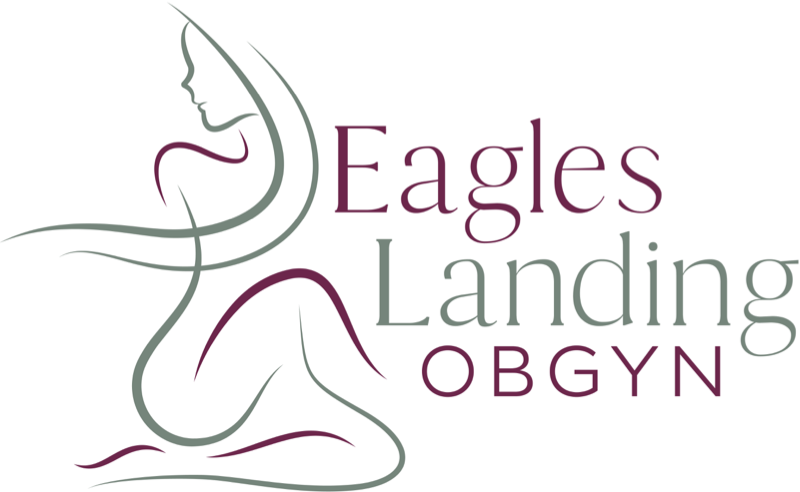
As women, one of the most important things we can do for our health is to schedule regular mammograms. However, the experience can be uncomfortable and even anxiety-inducing for some. Thankfully, advances in technology have made mammograms more efficient and effective than ever before. 3D mammography is a relatively new option that is gaining popularity among radiologists and patients alike. We’ll explore what 3D mammography is, how it works, and why it might be worth considering for your next screening.
A More Comprehensive View: 3D mammography, also known as digital breast tomosynthesis, takes multiple images of the breast from different angles. These images are then compiled into a 3D image, which allows radiologists to see the breast tissue in greater detail and from multiple angles. This can be particularly helpful for women with dense breast tissue, as traditional 2D mammograms can sometimes miss cancers in dense tissue. In fact, studies have shown that 3D mammography can find up to 40% more invasive cancers than traditional mammography.
Comfortable and Efficient: Because 3D mammography takes multiple images in quick succession, the scan time is actually faster than traditional mammography, which typically involves multiple exposures from different angles. Additionally, because the images are clearer and more detailed, radiologists may be able to make a diagnosis with fewer images, further reducing the time and discomfort of the screening process.
More Accurate Results: Because 3D mammography provides a more complete view of the breast tissue, it can lead to more accurate results. In some cases, it can also reduce the number of false positives – that is, instances where a mammogram suggests the presence of cancer when there actually is none. This can be a major relief for patients, who may experience added stress and unnecessary follow-up appointments during the diagnostic process.
Availability and Insurance Coverage: As with any new technology, 3D mammography may not be available at all radiology centers. However, it is becoming increasingly common, and many insurance companies now cover the cost of the procedure, particularly for women who are at higher risk of developing breast cancer. If you are interested in 3D mammography for your next screening, be sure to check with your insurance provider and the radiology center of your choice.
Follow-Up and Next Steps: If you do opt for 3D mammography, it’s important to remember that it is not foolproof. If your radiologist does find something suspicious, you may still need additional diagnostic testing, such as a biopsy. However, the benefit of 3D mammography is that it can help detect potential issues earlier, which can lead to faster treatment and better outcomes.
As with any medical decision, it’s important to talk with your healthcare provider about the best option for you when it comes to mammography. However, 3D mammography provides a comprehensive and accurate view of the breast tissue, which can be particularly helpful for women with dense tissue or other risk factors for breast cancer. The scan is quicker, more comfortable, and more efficient than traditional mammography, and may even lead to fewer unnecessary follow-up appointments. If you’re due for a mammogram, consider asking about 3D mammography and whether it’s the right choice for you.
